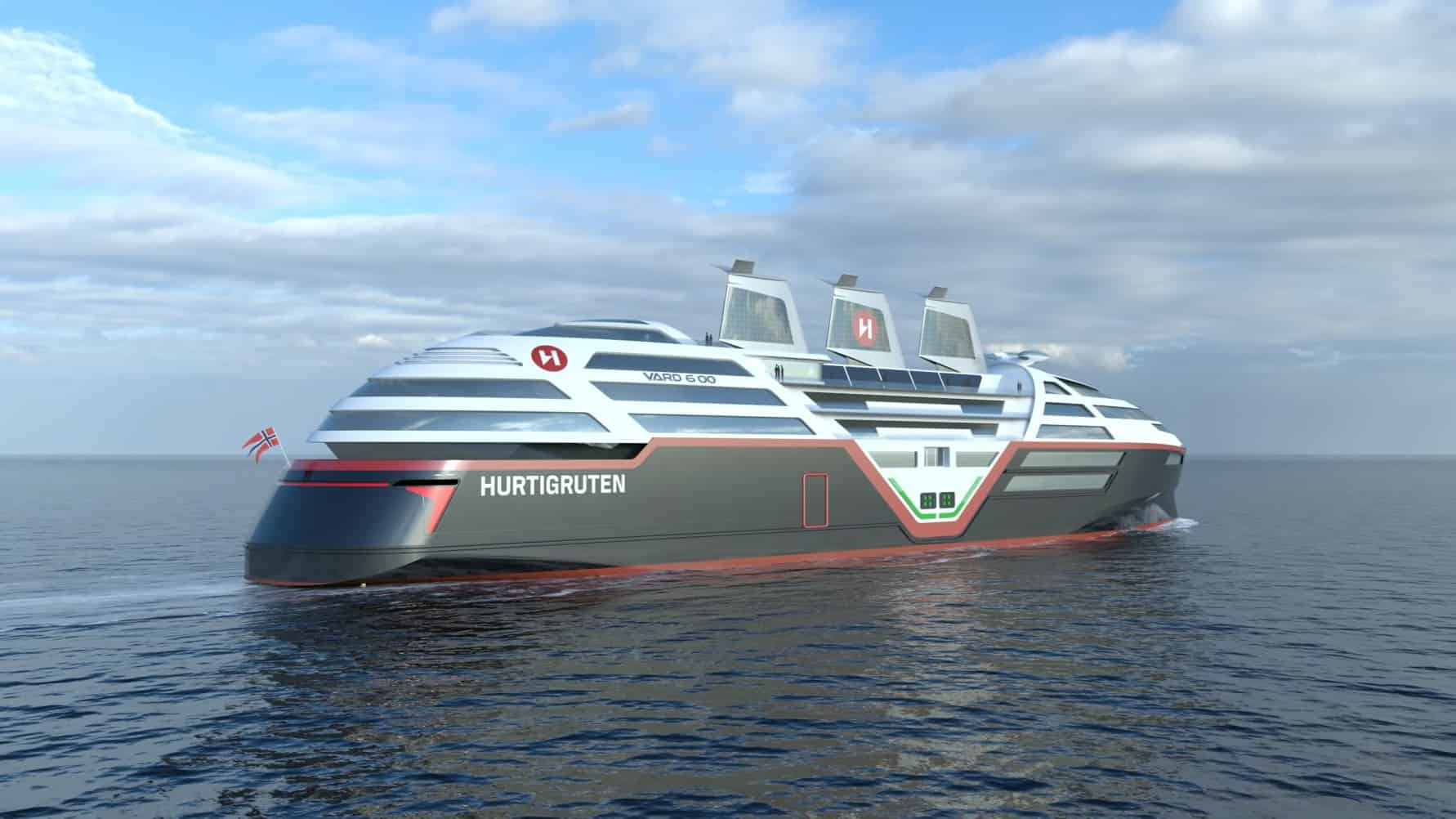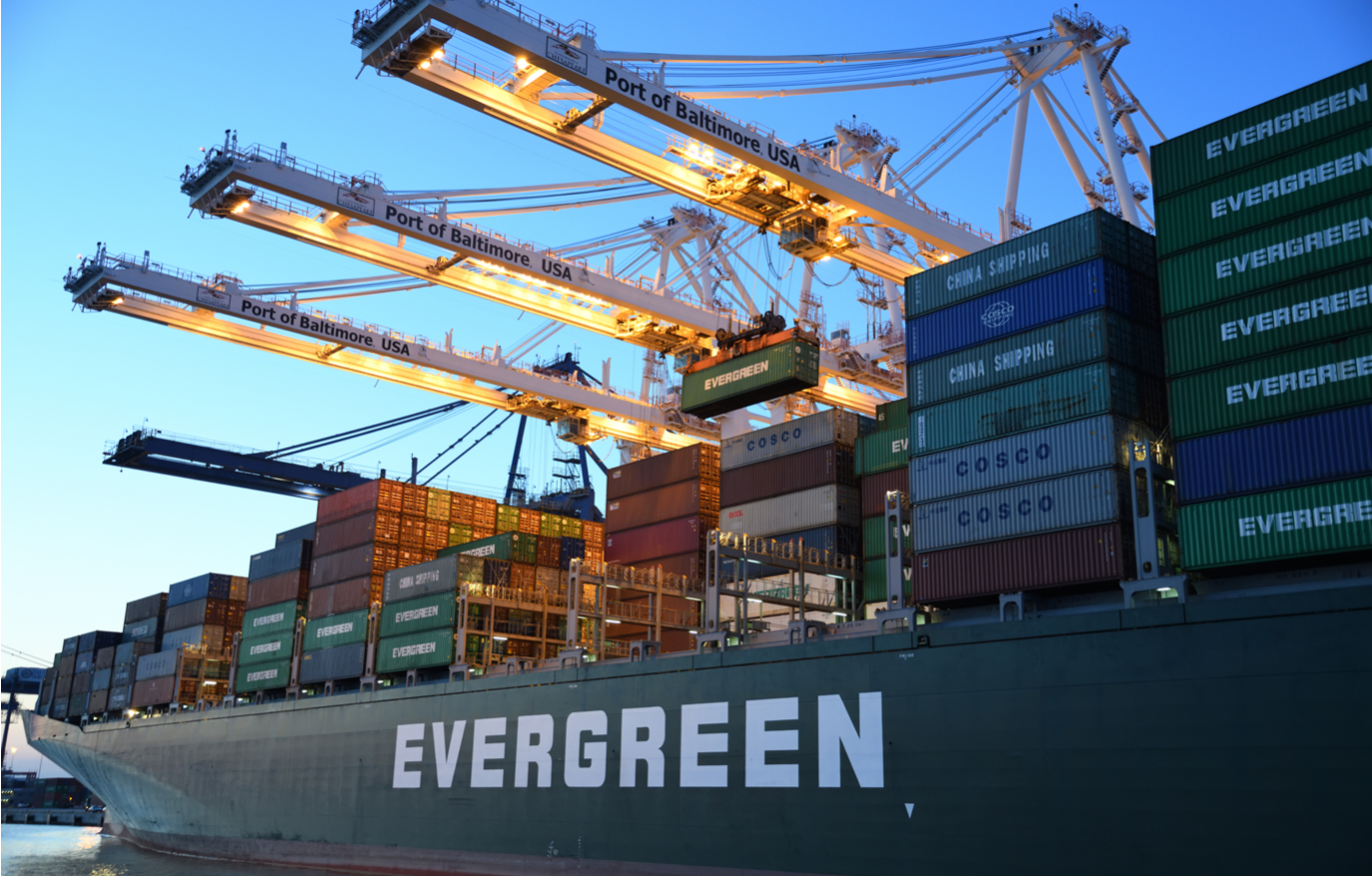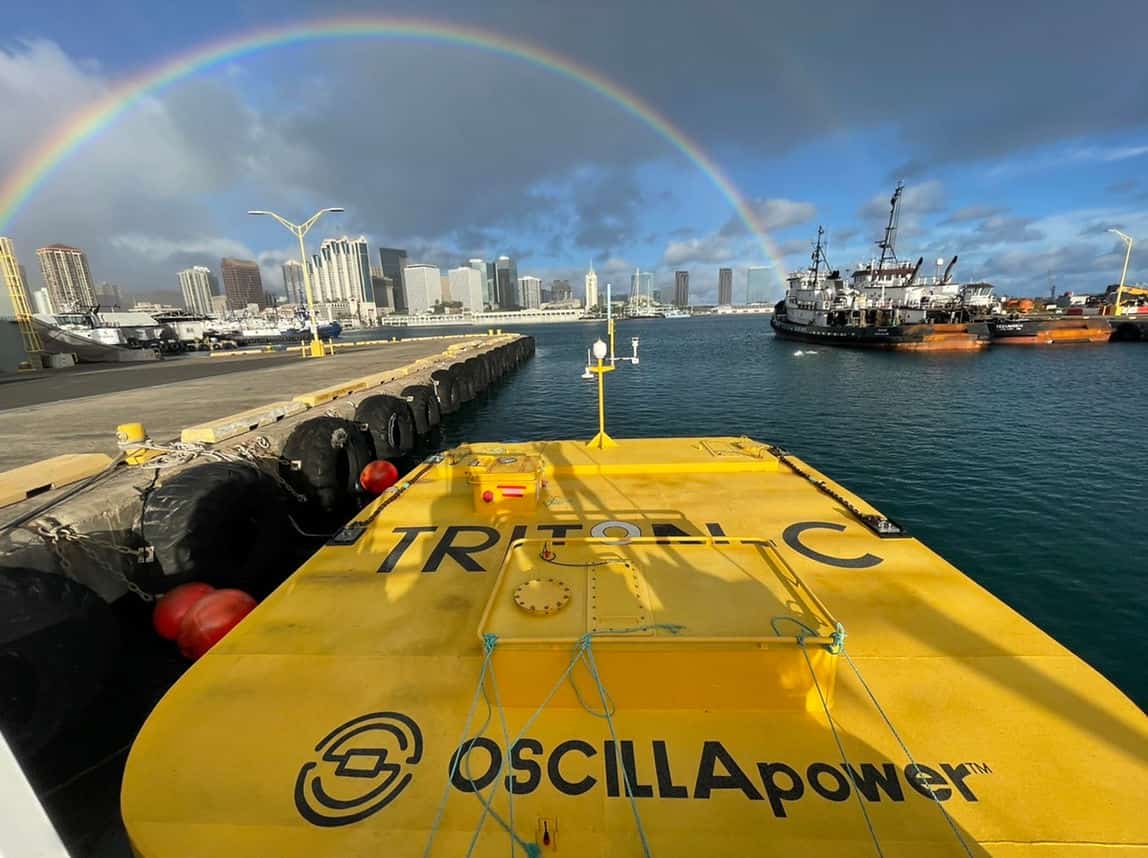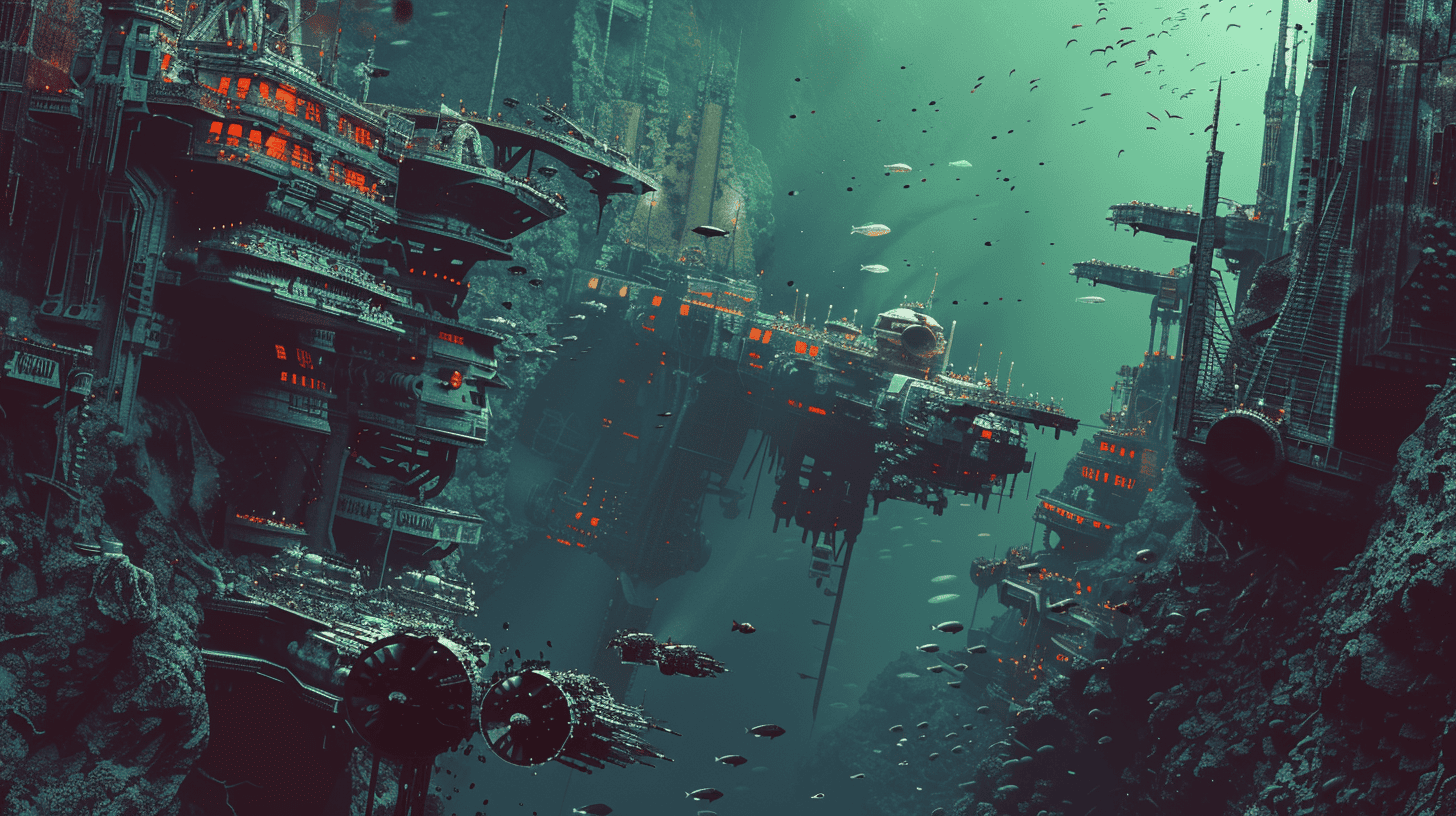
Facing rising environmental concerns and growing public scrutiny, the cruise industry finds itself at a crossroads. With European ports like Amsterdam and Venice curbing or banning large cruise ships due to pollution and over-tourism, the need for a sea change is evident. The Port of Seattle provides an example of balancing economic growth with sustainability, aiming to phase out port-related emissions by 2050 using shore power. This is a good step, however, challenges like sewage treatment, fuel consumption, and over-tourism still plague the industry. A study by Transport & Environment reveals that Europe’s luxury cruise ships emit as much toxic sulphur as one billion cars. Niche cruise companies, such as Hurtigruten, are pioneering efforts to become zero-emission cruise lines, exploring technologies like retractable solar sails and batteries.
- Facing environmental concerns, cities like Amsterdam and Venice are restricting or banning large cruise ships.
- Companies like Hurtigruten are pioneering sustainability efforts, exploring zero-emission technologies like solar sails and batteries.
- Ports like Seattle are pushing shore power infrastructure.
Port cities at the helm of change
For cities like Amsterdam, the impact of cruise ships extends beyond environmental concerns. In a city striving to curb mass tourism and its associated issues, the Amsterdam City Council plans to ban large cruise ships. The proposed motion, likely to be approved, is driven by concerns over pollution and the impact of mass tourism. The city’s new climate law, set to take effect in 2030, will require ships to use shore power, reducing the pollution caused when ships keep their engines running for onboard power after arrival.
The Port of Seattle is leading the way in shore power, aiming to equip all home port cruise ships with shore power capability by 2030. Each ship that plugs into shore power can reduce diesel emissions by 80% and CO2 emissions by 66% on average.
Meanwhile, the Italian city of Venice has already made strides in limiting the impact of cruise tourism. The city has banned large cruise ships from entering its centre, with ships weighing more than 55,000 tons having to dock at Marghera, an industrial port. This move has seen Venice’s air pollutants drop by 80%.
Technology and innovation: charting a new course
While the banning and restriction of cruise ships in city centres signify a reactive approach to the environmental concerns, a pro-active approach is also evident in the industry. Hurtigruten, a niche company based in Norway, is testing technologies such as retractable sails that double as solar panels and the use of batteries instead of fossil fuels. The company aims to become the world’s first zero-emission cruise line by 2030.
Despite the promising innovations, there remain significant challenges to overcome. Cruise ships often dump untreated sewage into the ocean, with only 60% of cruise ships equipped with advanced sewage treatment systems. Additionally, the fuel used on cruise ships is thousands of times dirtier than truck fuel.
Another issue is that many ports lack the necessary infrastructure for shore power. The adoption of liquified natural gas (LNG) as a cleaner fuel option also has its drawbacks, as LNG-powered ships contribute to climate change due to methane leaks.
Steering towards a sustainable future
Despite these challenges, there are signs of hope. The European cruise industry is investing in new technologies and innovations to reduce its carbon footprint. Cruise companies are exploring alternative fuels such as biodiesel, methanol, ammonia, and hydrogen.

However, the cruise industry needs to do more than just explore alternative solutions. It needs to implement them. The industry needs to lead in sustainability innovation and not just make changes when forced to do so.
With the increasing pressure from cities, environmental groups, and even their own customers, the cruise industry is embarking on a crucial journey towards sustainability. The voyage may be challenging, but the destination – a sustainable and environmentally friendly cruise industry – is worth the effort.








